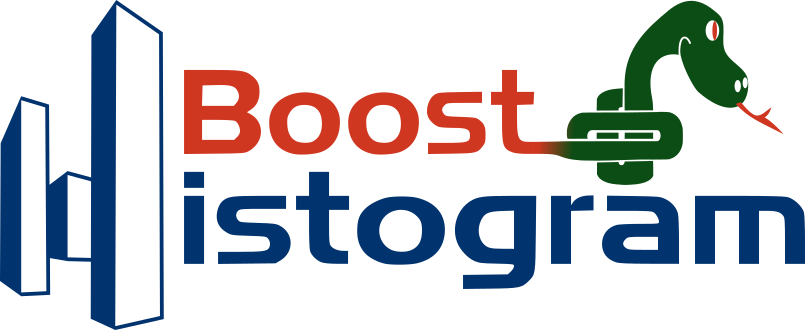cibuildwheel has just had two back-to-back releases, two weeks apart,
representing several months of hard work and some exciting few features! I will
be covering both releases at once, so we will discuss Apple Silicon support,
architecture emulation on Linux, integrated PEP 621 Requires-Python support, the
native GitHub Action, extended build and test controls, and more!
If you are following the releases, 1.7.0 came out last November (2020), and
included the fantastic output folding feature, which makes logs much easier to
read on CI systems that support folding, and makes it much easier to see how
long each step takes. The 1.7.x series also included the addition of the
working examples section of the documentation, which tracks
some known projects using cibuildwheel, such as scikit-learn, Matlotlib, and
MyPy; it is a great place to go to look into how other projects have integrated
cibuildwheel into their workflow.
I have an general overview post as well. Now let’s look at what’s new! Update: cibuildwheel is now an official package of the PyPA!
[Read More]

